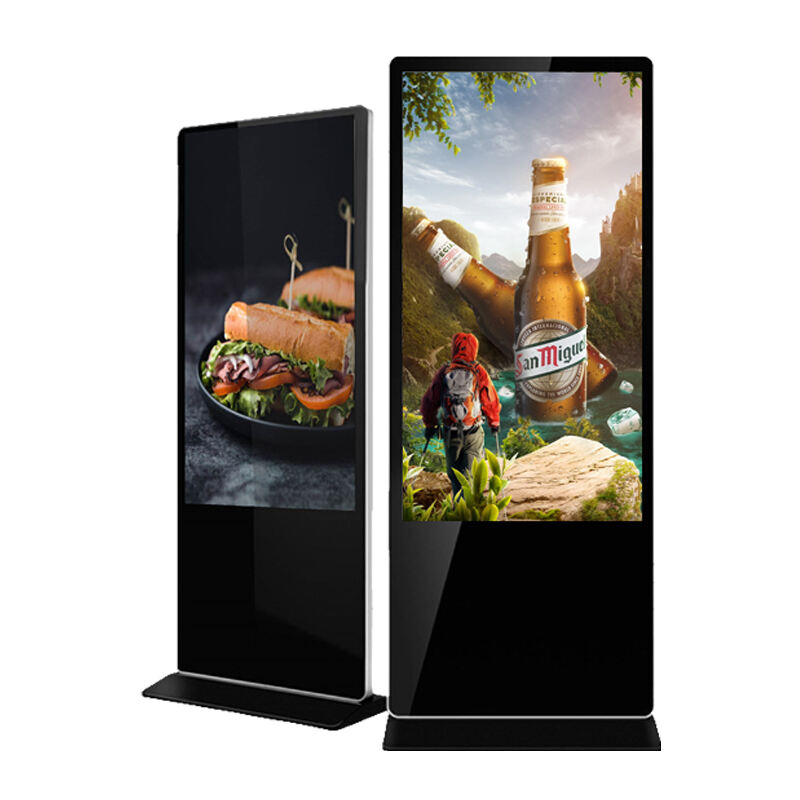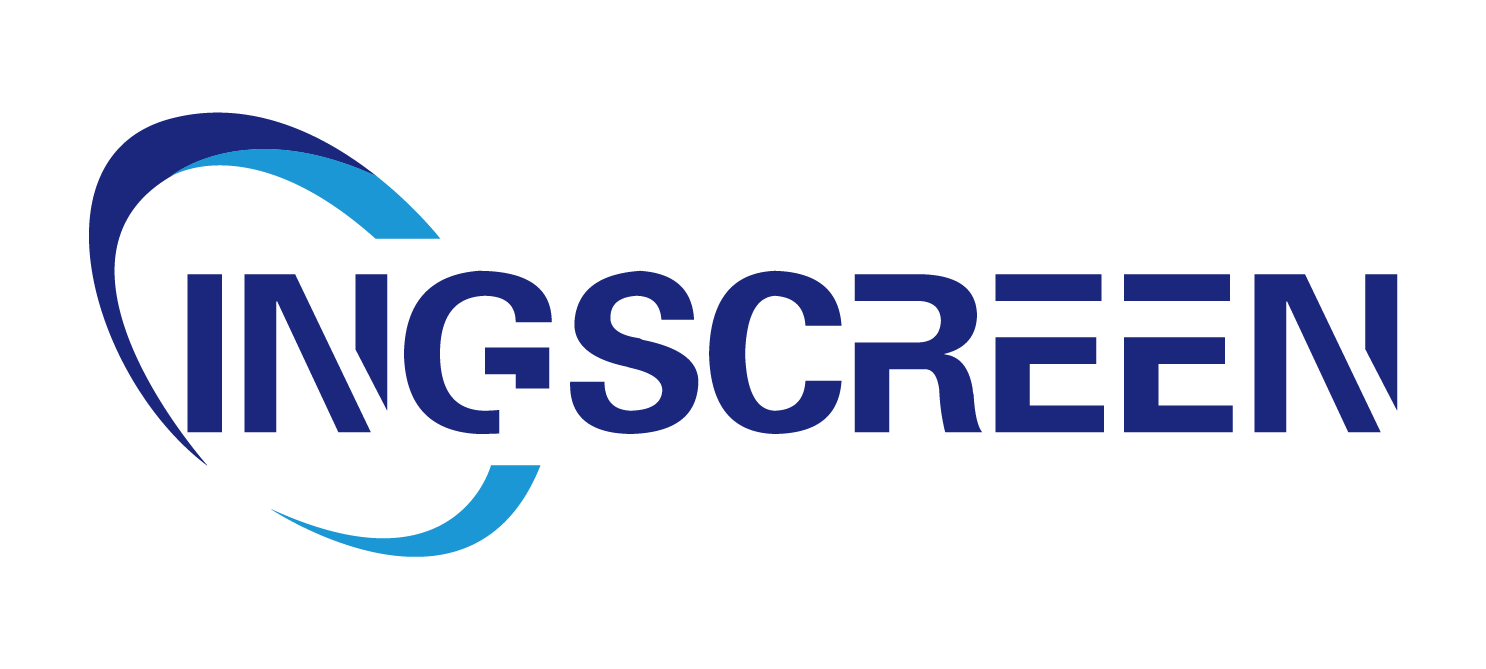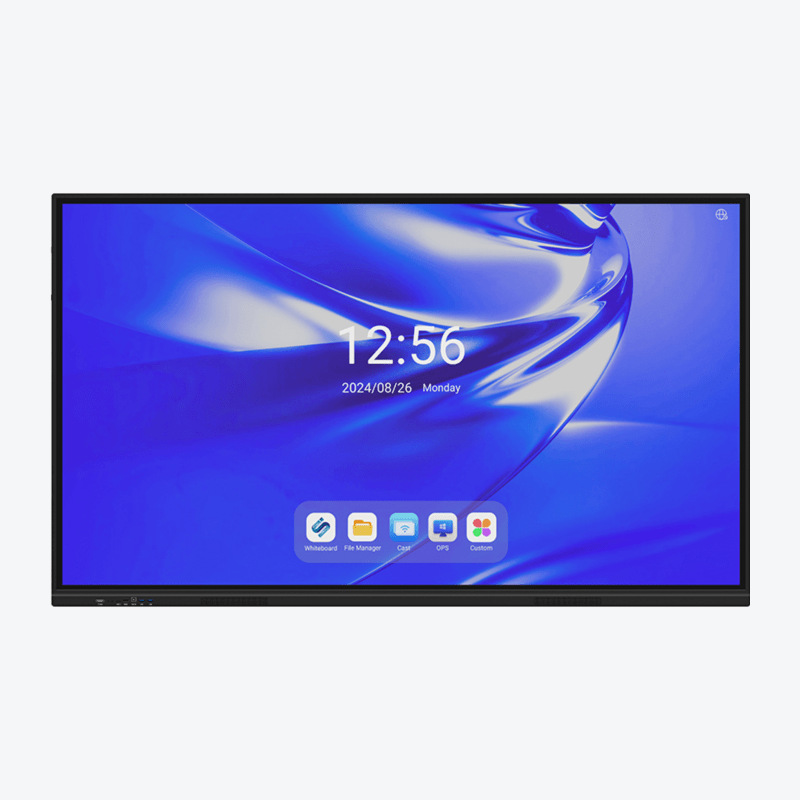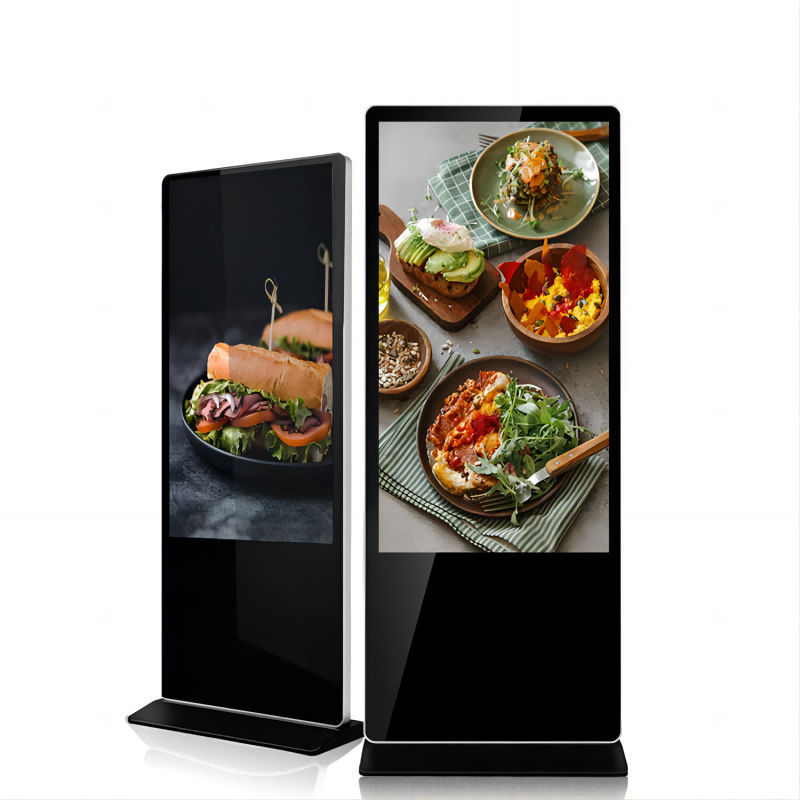Core Accessibility Features in Modern Kiosk Systems
Screen Readers and Audio Navigation Tools
Screen readers play a vital role in enhancing the accessibility of kiosks by converting text into speech, making it possible for visually impaired users to navigate these systems effectively. By providing verbal instructions, audio navigation tools further support a range of users, including those with reading difficulties, and ensure comprehensive usability of kiosk interfaces. Recent advancements have improved the interaction with dynamic content in kiosk software, enabling real-time updates to be accurately communicated to users. By incorporating screen readers and audio navigation, kiosks can enhance accessibility and provide an inclusive experience for users.
Braille Integration for Tactile Accessibility
Braille integration offers critical tactile feedback in kiosks, allowing blind users to interact without requiring visual aids. This feature significantly boosts engagement among blind users at public kiosks, as evidenced by recent research showing increased use. Achieving effective Braille integration in kiosk design calls for adherence to well-defined standards, ensuring that tactile accessibility is both user-friendly and delivers information clearly. By integrating Braille, kiosks expand accessibility and improve the independence of users who rely on tactile systems.
Adjustable-Height Kiosk Design Principles
Adjustable-height kiosks are essential for serving a diverse user base, especially accommodating individuals in wheelchairs or those who prefer standing. Design principles advocate for providing a range that meets accessibility compliance, which is crucial for installations in public spaces. Studies indicate a marked increase in user satisfaction when kiosks embrace such flexible design features, allowing them to be used by people of varying heights and physical needs. By focusing on adjustable-height features, kiosk designs can become more inclusive and user-friendly.
Enhanced Touchscreen Sensitivity Controls
Kiosks with enhanced touchscreen sensitivity offer significant benefits, particularly for users with limited dexterity, making them easier to operate. Employing multi-touch capabilities ensures intuitive interactions, aligning with users' expectations for modern technology. Feedback from users, especially those with disabilities, highlights the importance of accurate touch functionality in improving their overall experience. By optimizing touchscreen sensitivity controls, kiosks can provide a seamless and rewarding interaction for all users.
JAWS Kiosk Software Implementation
Implementing JAWS software significantly enhances kiosk accessibility for visually impaired users. JAWS, a leading screen reader, converts text into speech, enabling visually impaired users to navigate kiosks effectively. Understanding the integration techniques for JAWS is crucial because it ensures seamless interaction with other accessibility features like Braille displays. Surveys indicate that kiosks equipped with JAWS see higher engagement rates from users with visual impairments. This suggests a positive reception, highlighting the importance of such innovations for inclusive user experiences in public kiosks.
Multi-Language Interface Customization
Multi-language interfaces are essential for kiosks in multilingual environments, as they enhance accessibility by providing users with various language options. Customization should reflect local dialects and jargon to assure effective communication. Data suggests that kiosks that offer multilingual capabilities often experience improved user satisfaction and increased patronage. This is because they cater to a diverse user base, allowing individuals to interact with kiosks in their native language, thereby fostering a sense of inclusivity.
Dynamic Touch Response Configuration
Dynamic touch response configuration enhances user interaction by adapting to user needs. This involves customizing the kiosks to recognize variations in touch pressure and speed, thereby providing a more responsive experience. With advanced technology, kiosks can anticipate user behaviors, significantly improving usability. Research indicates that these dynamic configurations increase user confidence and comfort, especially for those who might find standard interfaces challenging. This adaptability is vital for ensuring a more inclusive and user-friendly experience in public kiosk deployments.
Compliance with ADA and Global Accessibility Standards
Legal Frameworks for Public Kiosk Deployments
Understanding the legal frameworks, particularly the Americans with Disabilities Act (ADA), is essential for deploying public kiosks. ADA compliance is crucial for safeguarding against legal repercussions and enhancing user experience for individuals with disabilities. According to Elliot Maras, editor of Kiosk Marketplace & Vending Times, assistive technology at kiosks is essential and becoming more mandatory following recent court settlements. This legal necessity implies that kiosk suppliers must stay informed about ADA regulations and seek legal guidance to prevent lawsuits and fines. Proactively implementing ADA standards in kiosk design can significantly enhance accessibility for users with disabilities, turning what used to be a costly venture into a valuable addition that improves customer experiences.
Universal Design Certification Processes
Universal design certification is crucial to ensuring kiosks meet global accessibility standards, providing a more inclusive environment. This certification process involves a comprehensive evaluation, ensuring that kiosks are rigorously tested for compliance with accessibility norms. According to Laura Boniello Miller from KioWare, accessible kiosks foster trust and confidence, which translates into higher user ratings for their functionality and ease of use. Evidence suggests that these certified systems outperform those lacking certifications, thereby attracting a broader user base. Ensuring compliance through universal design certification not only builds trust but also guarantees more seamless interactions for all users, enhancing the overall effectiveness and utility of kiosk systems.
Industry-Specific Applications of Accessible Kiosks
Healthcare Self-Service Patient Terminals
Healthcare settings have embraced accessible kiosks to streamline patient check-ins and information updates, significantly reducing wait times and enhancing overall efficiency. These self-service terminals are equipped with features such as large print, audio instructions, and Braille, ensuring a user-friendly experience for patients of all abilities. For instance, a recent study demonstrated that the integration of such kiosks led to a 20% reduction in patient processing time, proving their efficacy in optimizing healthcare workflows and improving patient satisfaction.
Airport Navigation and Check-In Systems
Airports are increasingly adopting accessible kiosks to facilitate smoother check-in processes, offering travelers with disabilities a more seamless experience. These kiosks include features like audio prompts and the ability to request staff assistance, aiding users who may find navigating complex airport environments challenging. Data from major airports illustrates a 30% reduction in service-related complaints following the implementation of accessible kiosks, highlighting their role in elevating customer service and ensuring compliance with accessibility standards.
Retail Payment Kiosks with Assistive Features
Retail sectors are making strides by integrating accessible features into payment kiosks, catering to customers with diverse disabilities. By incorporating visual and auditory feedback in payment processes, these kiosks promote inclusivity and foster customer loyalty. Research indicates that accessible kiosks in retail environments can significantly improve transaction speed, ultimately appealing to a broader customer base and enhancing the shopping experience for everyone involved.
Collaborative Development in Assistive Technology
Public-Private Partnerships for Kiosk Accessibility
Collaboration between public sectors and private companies has significantly advanced accessible kiosk technology. These partnerships, commonly termed public-private collaborations, emphasize merging resources and expertise to drive innovation. Joint initiatives focus on several core areas: research, funding, and the development of cutting-edge solutions tailored for individuals with disabilities. The synergy between government bodies and private enterprises fosters an environment where accessibility solutions become more refined and widely deployed. Case studies from urban areas highlight notable successes such as accessible kiosks in transportation hubs that drastically improve user experience. Evidence of these collaborations is seen in projects where kiosks are equipped with innovations like JAWs technology for the visually impaired, providing seamless service accessibility.

R&D Advancements in Self-Service Solutions
Research and development play a crucial role in creating the next generation of accessible self-service kiosks. Investment in R&D enables companies to explore new technologies such as AI and machine learning, enhancing the overall user experience for individuals with disabilities. These advancements lead to more intuitive interfaces and personalized services, making kiosks an effective tool for everyone. Projections indicate that ongoing R&D will yield significant improvements in kiosk accessibility over the next decade. By leveraging cutting-edge technology and continuous research, we set the path toward more inclusive digital interfaces. As AI and machine learning become embedded in kiosk software, we can anticipate seamless interactions that cater to diverse user needs, thus expanding the reach and functionality of self-service solutions.
FAQ Section
What are screen readers and how do they enhance kiosk accessibility?
Screen readers convert text into speech, allowing visually impaired users to navigate kiosks by providing verbal instructions. They enhance accessibility by ensuring that users with reading difficulties can effectively use kiosk interfaces.
How can Braille integration improve kiosk usability for blind users?
Braille integration provides tactile feedback, which allows blind users to interact with kiosks independently, without needing visual aids. This feature enhances engagement and offers valuable information clearly.
Why are adjustable-height kiosks important?
Adjustable-height kiosks accommodate individuals of varying heights, including those in wheelchairs or those who prefer standing, ensuring accessibility compliance and enhancing user satisfaction.
What role do touchscreen sensitivity controls play in kiosk accessibility?
Enhanced touchscreen sensitivity controls make kiosks easier for users with limited dexterity to operate, offering a seamless interaction through multi-touch capabilities aligned with modern technology expectations.
How does JAWS software benefit kiosk users with visual impairments?
JAWS software is a screen reader that converts text into speech, enabling visually impaired users to navigate and interact with kiosks effectively, improving their engagement with the technology.
What is the significance of multi-language interface customization in kiosks?
Multi-language customization allows users to interact with kiosks in their native language, catering to multinational environments, which enhances accessibility and user satisfaction.
What is dynamic touch response configuration?
Dynamic touch response configuration adapts to user needs by customizing kiosks to recognize variations in touch, providing a responsive and more comfortable user experience.
What is ADA compliance in regard to kiosks?
ADA compliance refers to meeting legal standards related to accessibility for individuals with disabilities, ensuring kiosks are user-friendly and avoiding legal repercussions.
Why is universal design certification important for kiosks?
Universal design certification ensures kiosks meet global accessibility standards, fostering trust and attracting a broader user base through rigorously tested and compliant interface design.
How do public-private partnerships enhance kiosk accessibility?
These collaborations combine resources and expertise from public sectors and private companies, driving innovation and improving accessibility solutions for kiosks, benefiting individuals with disabilities.
What advancements are being made in R&D for self-service kiosks?
R&D focuses on technologies like AI and machine learning to create more intuitive and personalized kiosks, enhancing accessibility and expanding functionality across various user needs.
Table of Contents
- Core Accessibility Features in Modern Kiosk Systems
- Compliance with ADA and Global Accessibility Standards
- Industry-Specific Applications of Accessible Kiosks
- Collaborative Development in Assistive Technology
-
FAQ Section
- What are screen readers and how do they enhance kiosk accessibility?
- How can Braille integration improve kiosk usability for blind users?
- Why are adjustable-height kiosks important?
- What role do touchscreen sensitivity controls play in kiosk accessibility?
- How does JAWS software benefit kiosk users with visual impairments?
- What is the significance of multi-language interface customization in kiosks?
- What is dynamic touch response configuration?
- What is ADA compliance in regard to kiosks?
- Why is universal design certification important for kiosks?
- How do public-private partnerships enhance kiosk accessibility?
- What advancements are being made in R&D for self-service kiosks?




